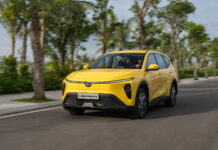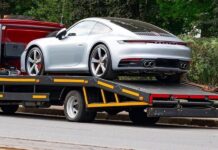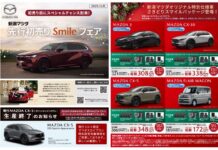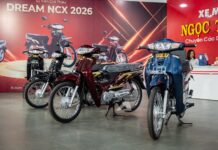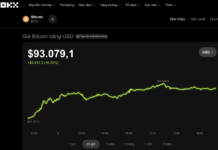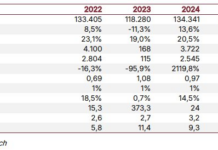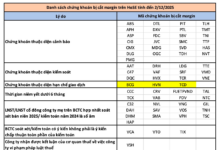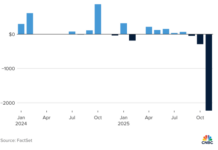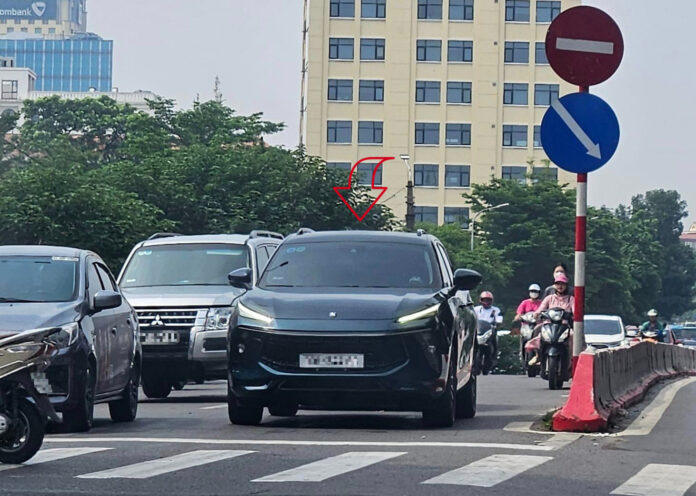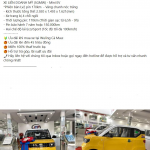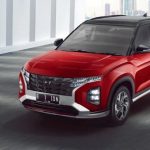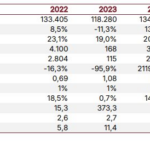The Dongfeng T5 Evo has certainly sparked curiosity and discussions within the automotive community with its impressive design and unique logo. However, what many may not realize is that this vehicle is not a stranger to the Vietnamese market. It is, in fact, the very same Dongfeng T5 Evo that once held high expectations of making a splash in the country, only to quietly retreat after a brief appearance.
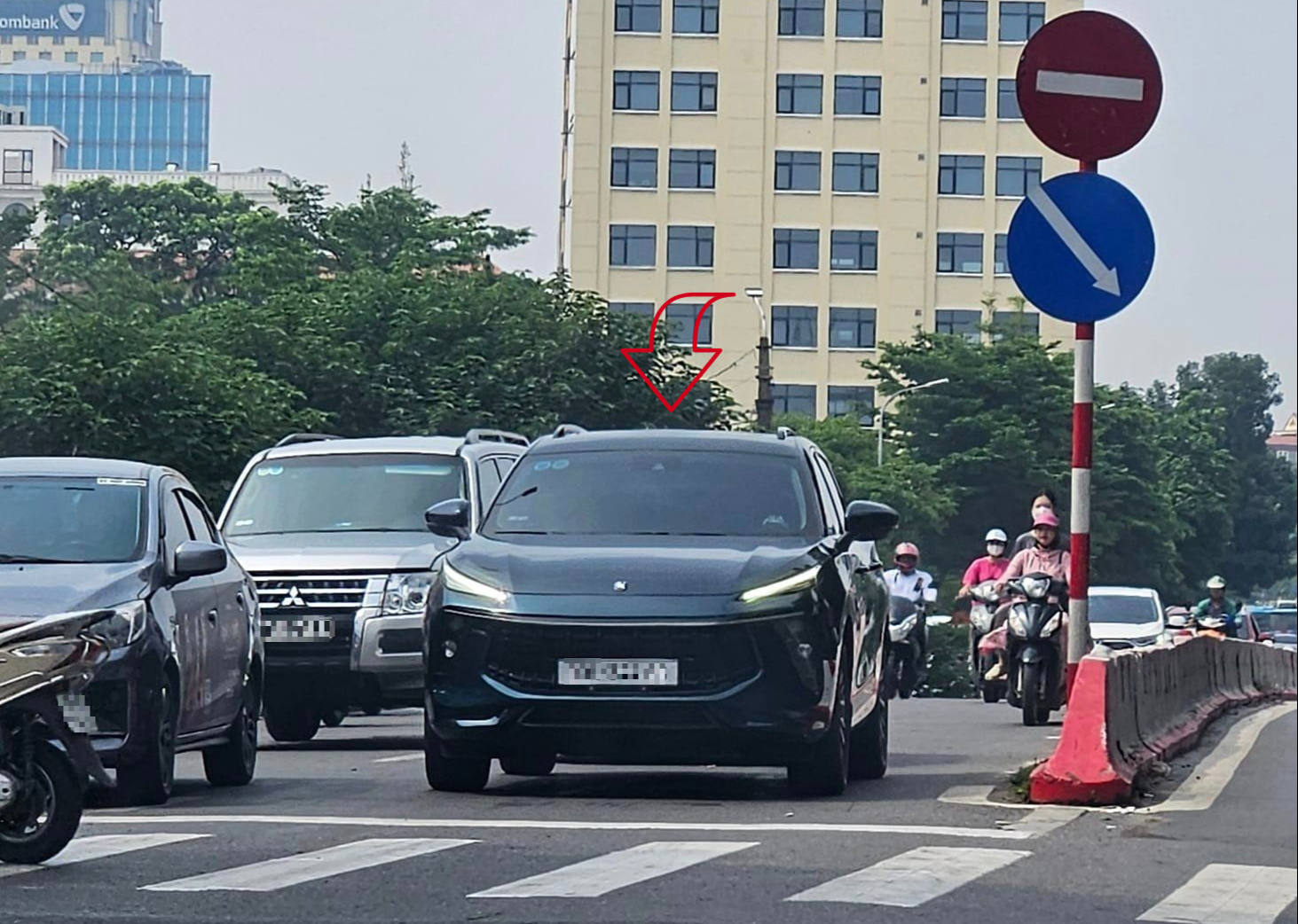
High Expectations, Impressive Start
The Dongfeng T5 Evo, a compact SUV, was first introduced in China in 2021 with a price range of 103,900 to 136,900 CNY, approximately 363 million to 478.3 million VND. Equipped with modern technologies and a sleek design, the T5 Evo quickly became one of the most anticipated models from Dongfeng in the domestic Chinese market.
Aside from being a strategic vehicle, the T5 Evo also garnered attention for Dongfeng’s logo change, adopting a new “lion” emblem that replaced the traditional logo. According to the manufacturer, this logo symbolizes courage, confidence, and strength. However, this new emblem drew comparisons to the logos of luxury car brands like Lamborghini, sparking debates about its uniqueness and brand identity.
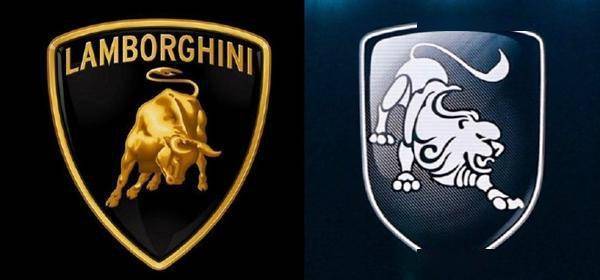
Modern Design and Technology
In terms of aesthetics, the Dongfeng T5 Evo exudes a bold and sporty style. The front of the vehicle stands out with its black-painted vertical slat grille, complemented by sharp LED lights, reminiscent of high-end cars from Maserati or Lamborghini.
The interior of the T5 Evo is just as impressive, featuring a host of high-end amenities. The centerpiece is the dual 10.25-inch screens that create the illusion of a single, seamless display, similar to the design found in Mercedes-Benz vehicles. Additionally, the car is equipped with voice command functionality, wireless phone charging, a sunroof, a leather-wrapped steering wheel, and a circular air-conditioning system with carbon fiber-like trim on the dashboard. These features are rarely found in vehicles within the same price range.
When it comes to safety, the Dongfeng T5 Evo boasts advanced driver-assistance systems, including Level 2 semi-autonomous driving capability, adaptive cruise control, lane-keeping assist, forward-collision warning, automatic emergency braking, and a 360-degree camera. Under the hood, it is powered by a 1.5-liter turbocharged four-cylinder engine that produces 197 horsepower and 285 Nm of torque, paired with a 7-speed dual-clutch automatic transmission. This configuration delivers a dynamic and agile driving experience, typical of Chinese vehicles.
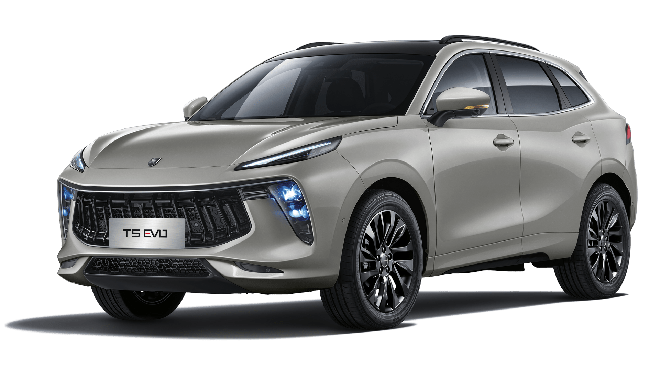
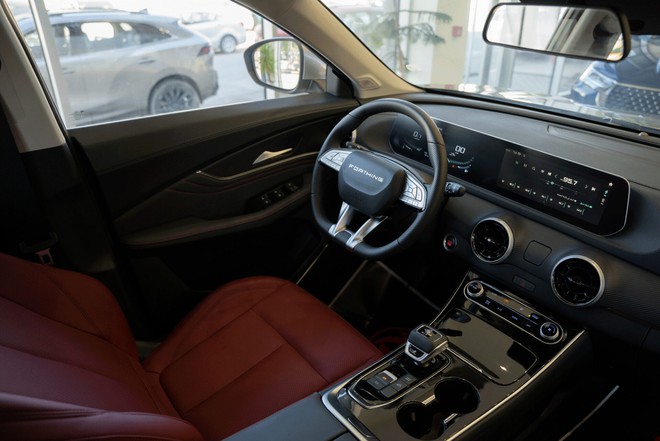
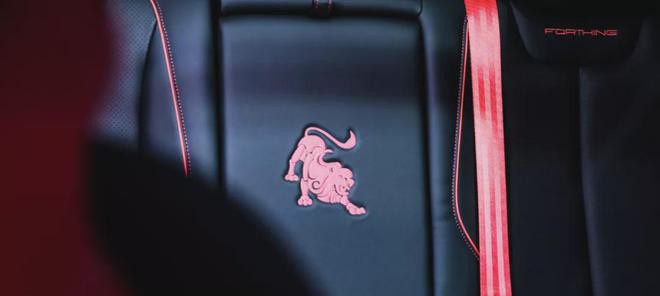
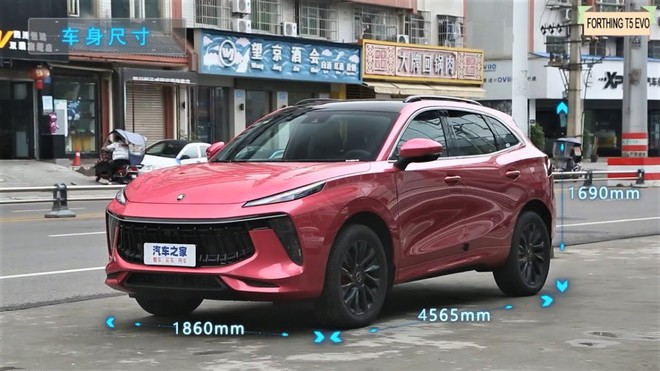
The Great “Escape” from Vietnam
With its design and technological advantages, the Dongfeng T5 Evo was expected to make a strong impression in Vietnam. In 2021, a dealership in Binh Duong imported a small number of these vehicles with plans for official distribution. However, the Vietnamese market has proven to be a challenging terrain for Chinese automotive brands, and Dongfeng T5 Evo was no exception.
Despite its competitive pricing and numerous strengths, the T5 Evo faced an uphill battle in convincing Vietnamese consumers. The market is predominantly dominated by Japanese, Korean, and European brands, while Chinese vehicles have yet to establish a strong reputation for quality and durability. This wariness and skepticism among customers made it difficult to sell the T5 Evo, forcing the distributor to implement drastic price cuts to clear inventory.
With discounts of up to 250 million VND, the final units of the T5 Evo were sold at an astonishingly low price of 469 million VND. This “fire sale” price was even lower than that of popular sedans like the Toyota Vios or Honda City. Despite this aggressive pricing strategy, the T5 Evo failed to find its footing in Vietnam and eventually withdrew from the market, leaving behind a short-lived chapter without any significant impact.
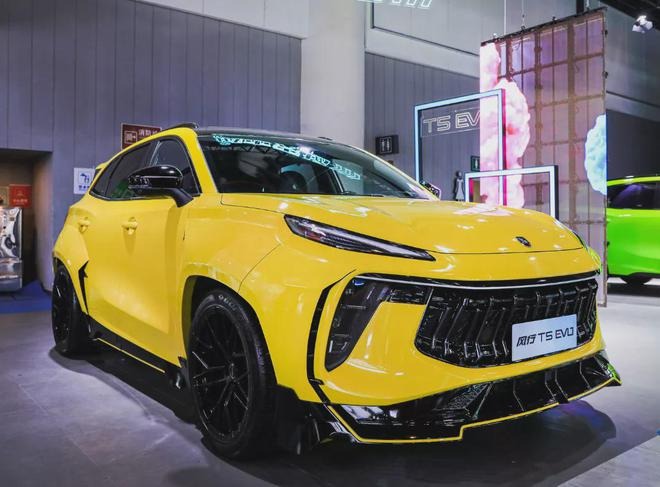
The failure of the Dongfeng T5 Evo in Vietnam serves as a prime example of the challenges faced by Chinese automotive brands when attempting to enter a new market. While price and features are important, they may not be enough to overcome concerns about quality and durability in the minds of Vietnamese consumers.
The Vietnamese automotive market is highly competitive, with the presence of established international brands. In this landscape, Chinese automakers must not only offer quality products but also build trust and devise effective market entry strategies. The case of the Dongfeng T5 Evo illustrates that overcoming psychological barriers and consumer skepticism is crucial for success in Vietnam.
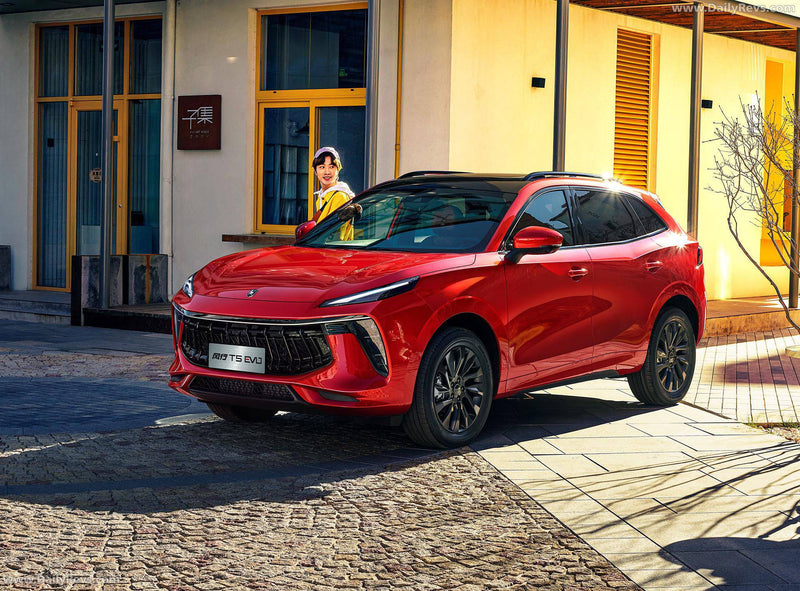
The Dongfeng T5 Evo’s failure can be a costly lesson for other Chinese automakers eyeing the Vietnamese market. No matter how good the product is, without a well-thought-out market entry strategy and the ability to build consumer trust, their efforts may be in vain.
This is especially pertinent given the intense competition Chinese automotive brands face from Japanese, Korean, and European rivals. While companies like Geely, Changan, and BYD are making strides in product quality and brand image, they still have a long way to go to conquer challenging markets like Vietnam.
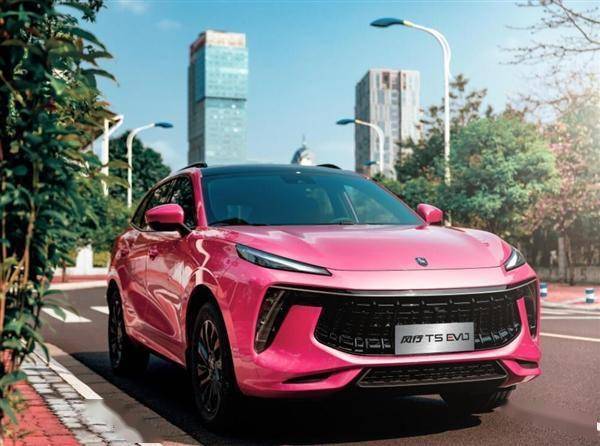
Will There Be Another Dongfeng?
The story of the Dongfeng T5 Evo is not an isolated case. Another Chinese vehicle, the Wuling Hongguang Mini EV, is facing similar challenges in its quest to conquer the Vietnamese market. The Wuling Hongguang Mini EV, known for its compact design and ultra-low price, initially attracted attention when it was launched. It is considered the cheapest car in Vietnam, with a starting price of just 185 million VND for the standard version. However, like the Dongfeng T5 Evo, the Wuling Hongguang Mini EV quickly fell into a sales slump.
One of the main reasons for the Wuling Hongguang Mini EV’s failure in Vietnam is the inadequate infrastructure to support electric vehicles. With a short range of 120 to 170 km, the lack of public charging stations for this model raised concerns among consumers about its practicality. This issue is particularly pronounced in suburban and rural areas, where EV infrastructure is still very limited.
Additionally, Wuling’s continuous price reduction strategy has had negative consequences. Constant price adjustments, including a significant price drop of over 50 million VND just a few months after its launch, have eroded consumer trust and made potential buyers hesitant to make a purchase. This has resulted in prolonged sales and a saturated market due to consecutive price cuts.
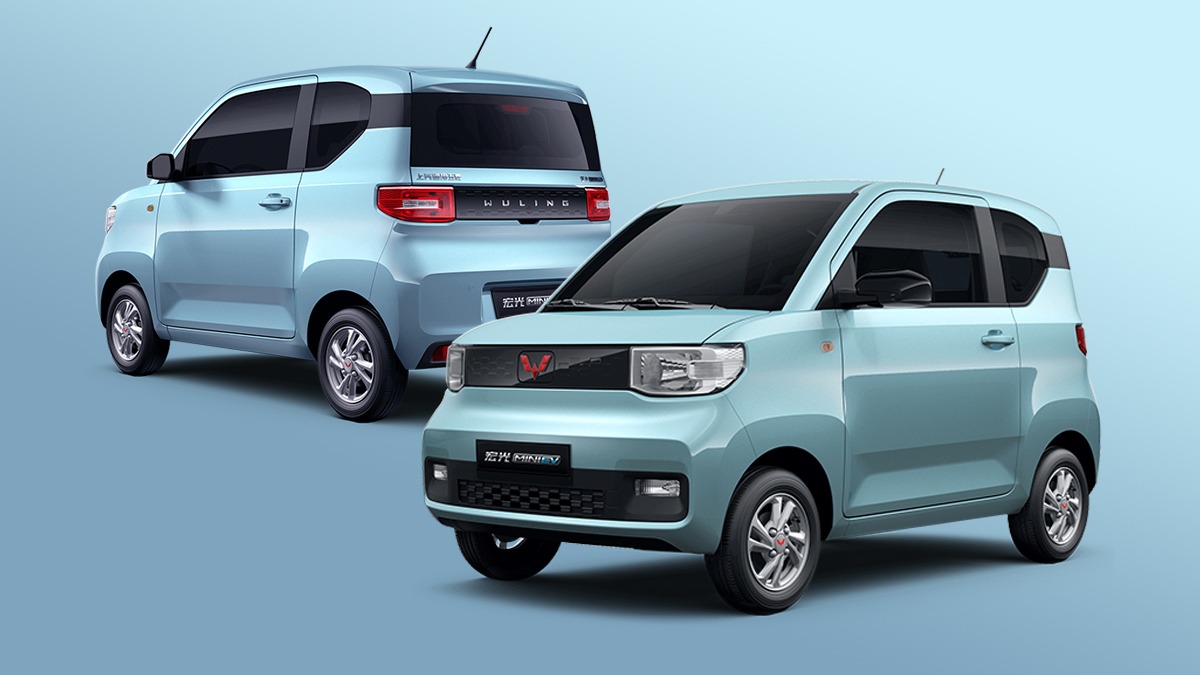
The experiences of the Dongfeng T5 Evo and Wuling Hongguang Mini EV highlight that even with competitive products and pricing, Chinese automotive brands face significant challenges in penetrating and succeeding in the Vietnamese market. Vietnamese consumers consider not just price but also brand reputation, product quality, and after-sales service.
To find success in Vietnam, Chinese automakers need to devise more thoughtful market entry strategies, including building trust with customers through commitments to quality and safety, as well as improving infrastructure to support electric vehicles. Only by addressing these issues can Chinese automotive brands hope to compete and establish themselves in the promising yet demanding Vietnamese market.
Hyundai Creta receives surprising discounts at the dealer, new price under 600 million VND.
Hyundai Creta is currently being offered by many dealerships with a discount of nearly 60 million VND.

